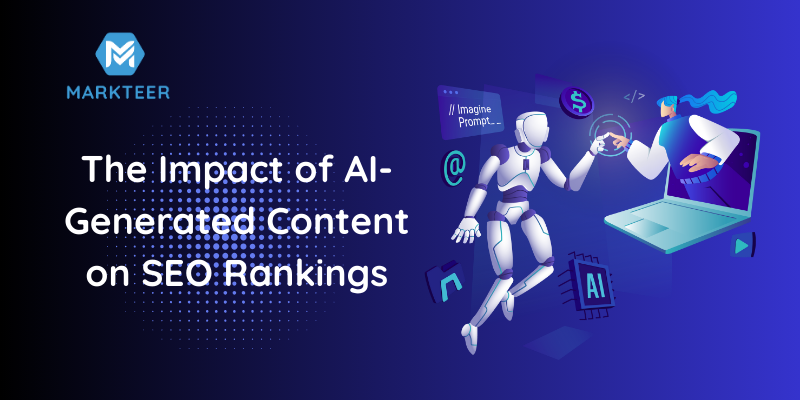Journey Matters Why Brands Must Rethink How Customers Buy Online

In today’s connected world, a customer's path to purchase is no longer a straight line—it’s a dynamic, multi-touchpoint journey. The days when buyers would walk into a store after seeing a single newspaper ad are gone. Instead, today’s consumers interact with brands across search engines, social media, websites, emails, chatbots, influencer reels, and even voice assistants—before ever making a decision.
Understanding this modern digital customer journey is essential for any brand looking to stay relevant and competitive. Whether you’re a marketer, business owner, or strategist, decoding how your customers behave online can make the difference between a failed campaign and a wildly successful one.
Let’s break down the new-age journey and explore how brands can align their strategies with real-time behavior.
Stage 1: Awareness – The Scroll and Discover Era
The journey often begins with a moment of curiosity—or what Google calls the "Zero Moment of Truth" (ZMOT). Consumers are exposed to countless brand messages daily, and awareness is now driven by platforms like Instagram, YouTube Shorts, TikTok, and Google Discover.
The goal here isn’t to sell—it’s to get noticed.
Marketers must focus on:
- Visually engaging content
- Scroll-stopping headlines
- Trending formats like short videos, memes, and interactive reels
- Collaborations with creators or influencers
According to a 2024 HubSpot report, 61% of consumers discover new products on social media, reinforcing the need for brands to stay culturally relevant and visually appealing during this stage.
Stage 2: Consideration – The Research Rabbit Hole
Once awareness is sparked, consumers turn into detectives. They research, compare, and read reviews—often switching between devices and channels.
Key behaviors at this stage include:
- Googling reviews or product comparisons
- Visiting the brand’s website
- Watching product demos or unboxing videos
- Reading FAQs and checking for return policies
It’s during this stage that trust becomes currency. Brands that offer helpful, transparent, and value-driven content win.
An updated FAQ page, responsive chatbot, or even an AI assistant that offers real-time answers can help keep users engaged. Many companies now integrate AI chatbots powered by GPT to simulate human conversations and guide users through their research journey.
Stage 3: Decision – The Point of Conversion
This is the make-or-break moment. A clear call-to-action (CTA), a fast-loading page, and seamless checkout options can make all the difference.
Brands should optimize:
- Mobile UX and speed
- Secure payment options
- Personalized offers or retargeting ads
- Social proof (testimonials, reviews, ratings)
Even a 2-second delay in website load time can increase bounce rates dramatically. In fact, according to Google’s latest Core Web Vitals update, brands that optimize their page experience are more likely to convert visitors into buyers.
Stage 4: Retention – Keeping the Conversation Going
A customer's journey doesn’t end with a sale—it’s just the beginning of building brand loyalty.
Smart brands engage customers post-purchase through:
- Personalized thank-you emails
- Loyalty programs
- Replenishment reminders
- User-generated content (UGC) campaigns
- Exclusive sneak peeks or discounts
Email automation tools and CRM systems play a major role in maintaining long-term relationships. Retargeting campaigns powered by AI help re-engage customers who may have dropped off or gone cold.
Stage 5: Advocacy – When Customers Become Brand Ambassadors
In the digital world, a happy customer is your most powerful marketing channel. They leave reviews, post testimonials, and share unboxing stories or user experiences on platforms like Reddit, Twitter/X, and LinkedIn.
Brands can fuel advocacy by:
- Encouraging product reviews
- Creating share-worthy experiences
- Featuring customers in their marketing
- Running referral programs
As trust in traditional advertising decreases, peer-to-peer recommendations become priceless. According to Nielsen, 92% of consumers trust recommendations from people over brand ads, making advocacy a non-negotiable goal.
The Role of Omnichannel Strategy
The modern customer journey is rarely confined to one platform. Someone might discover your product on Instagram, Google it later, sign up for an email discount, and finally purchase through a mobile app.
Hence, omnichannel marketing—where every platform works in sync to guide the customer—is the backbone of a seamless experience.
Key tools enabling this include:
- Customer journey mapping software
- Cross-platform analytics tools
- CRM integration with marketing automation
- Unified dashboards to track touchpoints
Companies like Adobe, Salesforce, and HubSpot are investing heavily in AI-powered customer journey analytics that give marketers a bird’s-eye view of each user’s interaction history.
AI and Predictive Journey Mapping: The New Frontier
The future of customer journey tracking lies in predictive analytics and AI.
By using machine learning, businesses can now:
- Predict when a lead is most likely to convert
- Determine which channel drives the highest ROI
- Trigger real-time content suggestions based on user behavior
- Automate follow-ups and nurture sequences
In March 2025, Google announced advancements in its GA4 predictive metrics, helping marketers forecast user behavior with greater accuracy. These insights are expected to revolutionize how campaigns are timed and personalized.
This shift has created a surge in demand for digital professionals who understand consumer psychology, analytics tools, and automation workflows. For those aiming to build such in-demand skills, enrolling in a digital marketing course in Pune can open the door to a more strategic understanding of the customer journey—and how to influence it effectively.
Conclusion: Building Trust Across Every Step
Understanding the digital customer journey is not just about tracking behavior—it’s about building trust at every touchpoint. From the moment someone hears your brand name to the point they become a loyal advocate, each interaction needs to be purposeful, consistent, and user-focused.
With the digital economy booming, more brands are investing in journey mapping, personalization, and data-driven storytelling. This growth has led to increased opportunities for skilled marketers, especially in cities embracing digital transformation at scale.
For professionals looking to step into this evolving space, choosing from the SEO Course with Job Guarantee in Pune ensures you're not just learning theory, but gaining real-world exposure to the tools and strategies shaping the future of marketing.

Can not Get Your Adderall Here is What You Can Do Right Now
- Get Adderall during shortage with these real solutions Learn how to manage symptoms explore options and talk to your doctor effectively

Boost Your SaaS Success with Smart Customer Segmentation
- You segregate users based on shared traits such as behavior industry or product usage

Space-Saving Dining Room Ideas for Condo Living
- Discover smart space-saving dining room ideas for Canadian condo living Stylish tips to maximize comfort and function

Best Practices to Use AI Content Without Hurting SEO
- Know how AI generated content affects SEO rankings Google s stance benefits risks and best practices to boost visibility without penalties